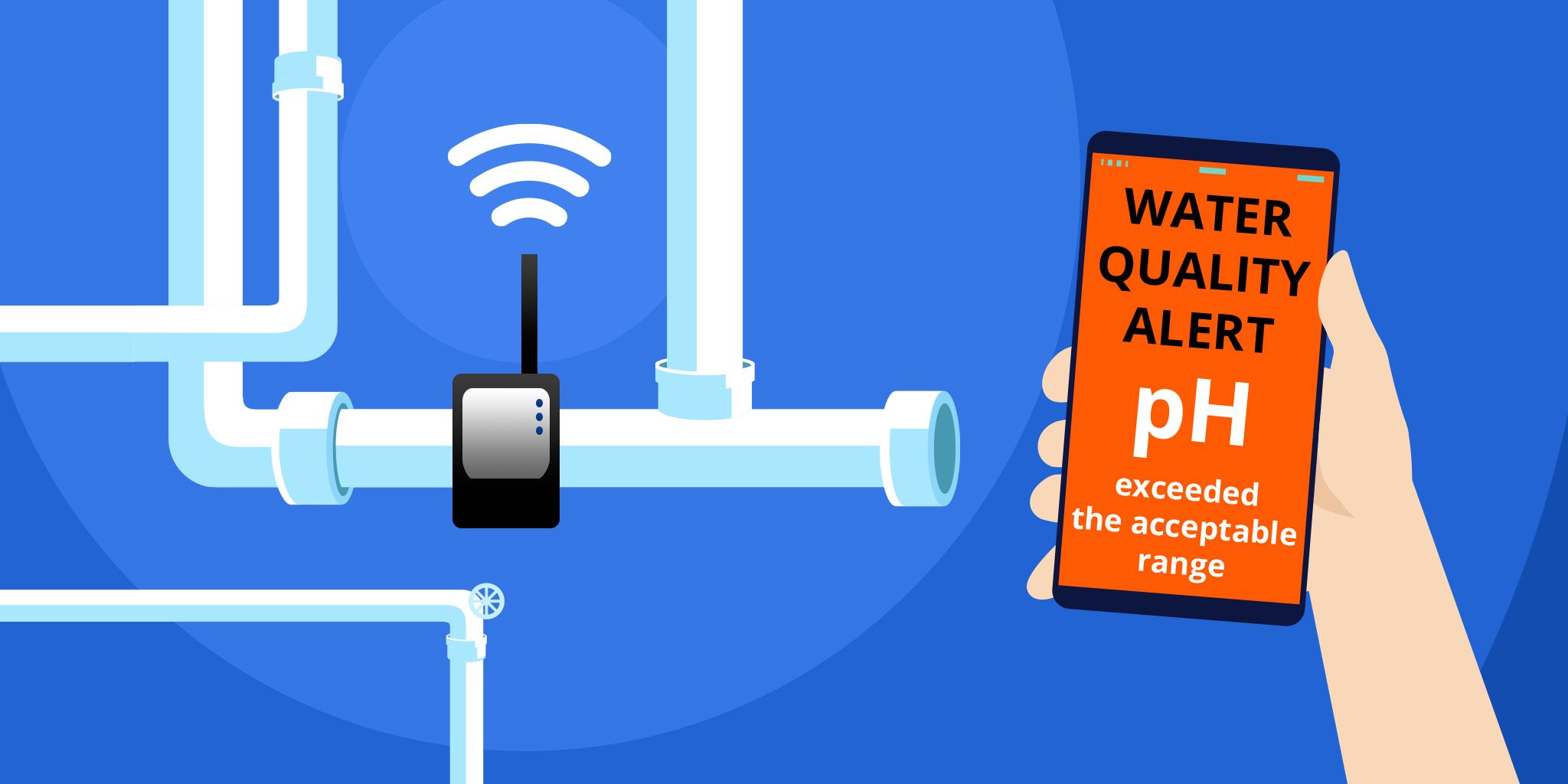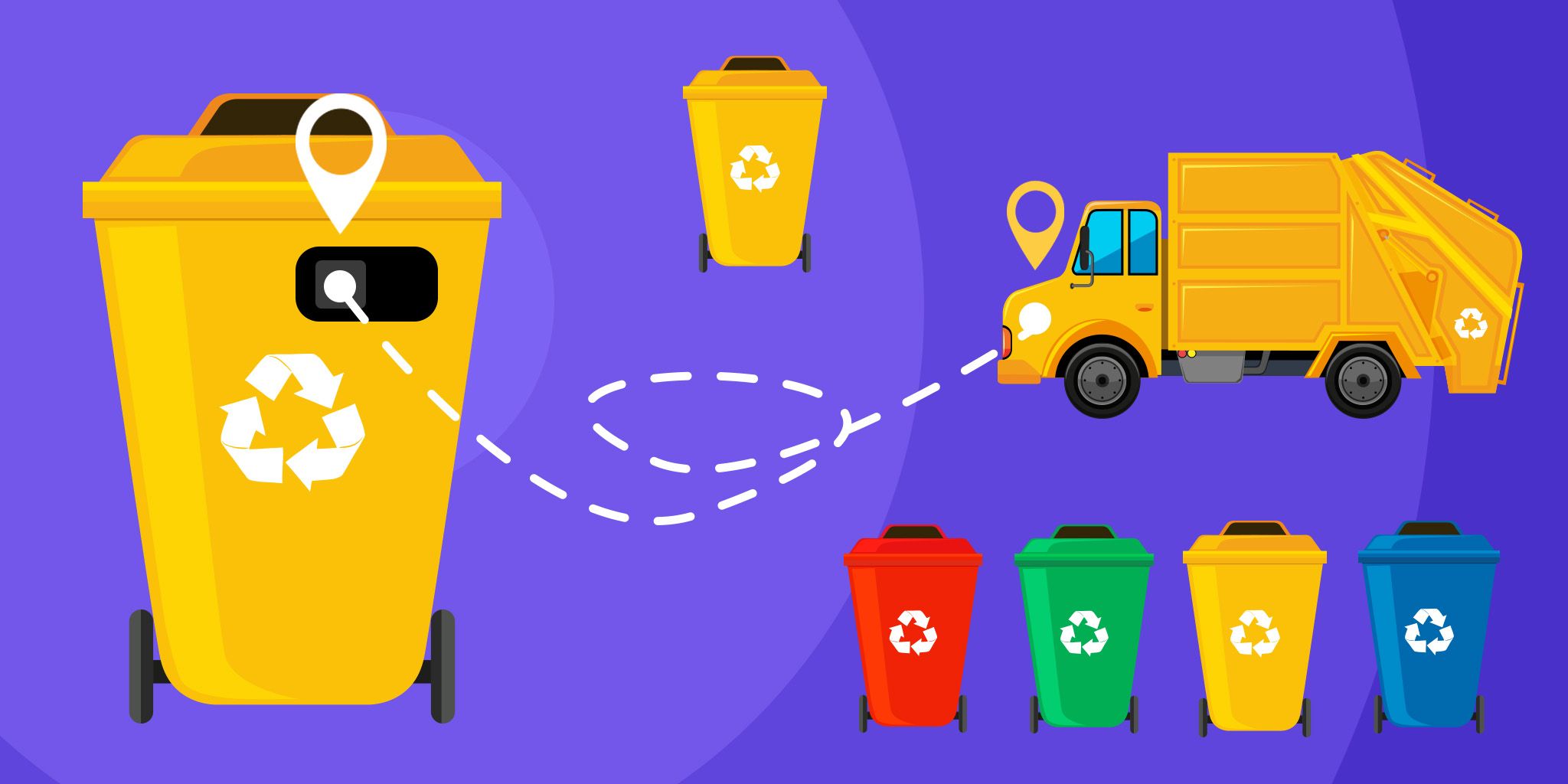Business Resilience: What IT Must Do to Deliver
Business Resilience: What IT Must Do to Deliver
- Last Updated: December 2, 2024
Software AG
- Last Updated: December 2, 2024



Business resilience is now in vogue — 127 million hits on Google — but it is not new. Resilience is formally defined as “the capacity to recover quickly from difficulties,” and businesses have faced plenty of those recently. So we’re going to jump onto the resilience bandwagon, but try to focus on practical things that IT teams can do to make a real-life difference.
If resilience is today’s core business goal, what does that mean for IT teams? The reality is that ‘resilience’ can mean many things all at once. IT teams are often ill-equipped to handle vague goals or sudden changes in direction.
IT teams are often ill-equipped to handle vague goals or sudden changes in direction. To counter these inadequacies, the great digitalization catch-up is in full swing for business resilience.
To counter these inadequacies, the great digitalization catch-up is in full swing — commentators and analysts believe anywhere from two to five years of digitalization has happened in three months. According to Software AG’s CEO, Sanjay Brahmawar: “The CEOs I talk to see the value and are prioritizing”. But once they prioritize, they expect IT to deliver.
Business Resilience Must Be Built Into Every Step of the Way
The good news is that business resilience need not be a one big bang project. Just as every network is only as fast as its slowest segment, or every chain only strong as its weakest link, the truly resilient enterprise is resilient everywhere. But the best way of getting there is a series of small projects.
Small projects that tackle inefficiency, or cut out waste, for instance. The goal of business resilience is to preserve the interests of all stakeholders. This means maintaining, or even increasing, profits. In practice, IT teams can see this as a search for pockets of unaddressed profit throughout the organization and doing something about it. What’s become apparent in the last six months, is that technology can have a bigger positive impact than many people expected.
There are multiple ways this can come to life. From digging into business processes and optimizing (ie, process mining), to a cloud and microservice infrastructure that makes an organization both more nimble and more stable. The combination of minimal upfront investment, low-code engagements, and more visibility of what’s happening in the business is a recipe for success.
The more we look at smaller problems, the more we can make a big difference with a relatively low investment. For example, we can retrofit our businesses by extending the benefits of IoT to analog devices. One of the things that this advance helps to do is to cut waste. When we’re all looking to bolster operational efficiency, what better thing to do? Waste management for the 21st century means reducing resource usage, saving cash, and boosting global sustainability.
Retrofitting the World
We are well on the way to creating a digital world that not only mirrors the physical world, but that lets us manage and control the former to a degree or precision unimaginable a few short years ago.
But, and it is a big but, whereas we may have 35 billion interconnected devices now, with exponential growth forecast, there are billions of analog devices that are not connected. We have a smart digital world coexisting beside a much larger mute, unconnected analog world. Think of the global business value lying around in the form of unconnected devices just waiting to be picked up.
Here is one great example of retrofitting to illustrate the magnitude of the opportunity:
Schwering & Hasse, from Lügde in Northern Germany, makes copper wire — lots of it — over 140,000 kilometers per day. A year’s worth of wire would stretch from here to the orbit of Mars. In its analog days, Schwering & Hasse had to destroy up to a kilometer of wire when they encountered a quality issue, to ensure that all the errant wire was isolated.
Schwering & Hasse installed (retrofitted) 20 different digital sensor types on 400 production lines reporting 50,000 production events per second, and managing 20,000 fully automated delivery pallet slots, 24 hours a day.
By using streaming analytics, Schwering & Hasse can monitor production parameters such as temperature, conductivity, tension, and thickness for each type of wire.
And the result? Today, Schwering & Hasse only needs to trim 25 millimeters (an inch) of wire when they have a quality issue. That is a reduction in waste of 99.975%.
Waste Not Want Not!
Water. It is a finite resource; only one-hundredth of 1% of the world's water is readily available for human use. And it is being wasted. One example: Britain to face widespread drought by 2050 unless leaky pipes fixed.
Increasing populations, a warming planet, and an aging infrastructure will lead to a crisis unless we act. And act we can. Retrofitting the water distribution network provides utilities with a quick way to control their distribution networks and minimize costs involved with supplying water to customers.
One of the first customers to sign onto this partnership was Western Australian water provider Busselton Water. They are now using smart water meters to detect measurements in the field such as flow rates, pressure, and temperature. In times where water can become a problematic scarcity, these projects show why resilience isn’t just about sustaining profits — but serving communities that depend on us.
There are some everyday problems that can be readily solved with a small application of technology. So when we talk about resilience, it doesn’t have to be a big waterfall endeavor. It can be something small but significant. But if it protects the business, then it’s worth doing.
Here are three closing thoughts to address resilience in your business today:
Do you know how you’re doing?
Specifically the part of the business that you work in–do you know if you’re operating efficiently? If not, then proceed to stage two.
What do you need to find out?
Are there processes that you can’t see? Are there activities you can see, but don’t know whether they’re working as they should? Which puzzle pieces are missing?
Fill in the Blanks
Once you know what’s missing, you can go out and find it. Sometimes we need to be more analytical, which is where something like process mining can help. Sometimes you need data that simply doesn’t exist, the Internet of Things could help. The cost of sensors is low; easy-to-integrate platforms exist; and low-code deployments are a reality. So it’s easier than ever to get the information you need.
What’s important is making a start and delivering results that help build business resilience. That could be something in the core or your network, or simply taking a low code approach to bringing analog process into the digital world.
Interested in learning more? Join us and Software AG Wednesday 11/11 in a free webinar.
The Most Comprehensive IoT Newsletter for Enterprises
Showcasing the highest-quality content, resources, news, and insights from the world of the Internet of Things. Subscribe to remain informed and up-to-date.
New Podcast Episode

IoT and AI in 2026
Related Articles





